Im currently playing around with Google Analytics event tracking and can see a few plugins floating around, but im trying to see if i can put something together that would be very generic and simple to use.
<script>
$("form").submit(function(){
_gaq.push(['_trackEvent', $(this).attr('name'), 'Form Submission', 'The-form-name',, false]);
});
</script>
I figure if i have a few of these simple snippets of code lingering around on my page this way i can track when a form is submitted and by leveraging form names and form id's i can see when they are submitted.
I figure i can probably use this simple method to track link clicks etc but was just wondering whether anyone has done anything like this before and would have any suggestions as to whether this is a reliable method for tracking events with Google Analytics.
The reason why im looking at doing it like this is because I will have everything generated dynamically on the site and the majority of tags will have id's associated to them, so this way i wont need to add them directly into the html by using the onclick event handlers and stuff like that.
thanks for any advice
